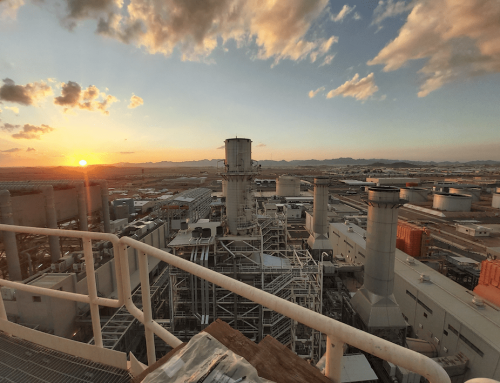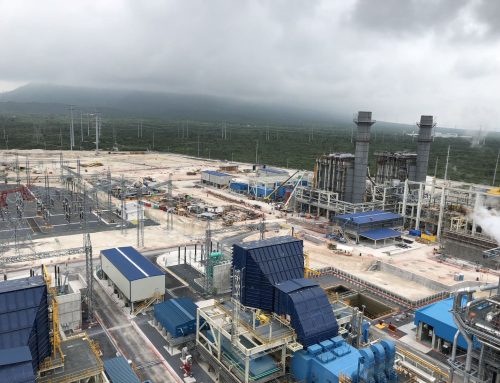In order to be successful, power plants of all types must run as efficiently as possible to provide the maximum potential output at the lowest possible cost. The key to efficiency lies in the operations and maintenance practices of the power plant. Optimized power plants not only yield positive financial results, but also benefit the environment. Thus, optimizing power plant systems to make them as efficient as possible is of the utmost importance. Thermogen Power Services works to improve the optimization of power plants that specialize in fossil fuels, solar, and wind energy. The organization has fostered and witnessed firsthand the great impact power plant optimization can have in regard to efficiency. In the United States, the average thermal efficiency of a coal-fired power plant is only around 32%, at ISO conditions, but they believe that this can be improved.
Plumbing
Although plumbing might not be the first aspect of a power plant that comes to mind, it’s actually critical to how plants operate. If you think about it, all of the pipes, pumps, valves, and welds in a plant relate to its plumbing, and all of these aspects are central to its operation. When it comes to the optimization of plumbing, there are several key areas that can be improved. First, fuel and water management are of the essence. The cycle water must be treated in order to prevent corrosion and contamination of critical components, avoiding downtime and additional losses in the plant. The purity of raw water and the makeup of the water must be monitored at all times. In addition, fuel must also be managed effectively. For example, fuel contaminants, such as sulfur or heavy metal levels, must be monitored at all times.
Digital technology
Digital technology is another way that power plant systems can be optimized. With the amount of innovations that have been seen within the technology field over the last decade, many have the ability to help optimize power plants. For example, laser measurements can be installed inside the combustion chamber. What this does is enable more precise calculations as to how combustion occurs through the use of computer tomography and combustion controls. The goal of using this technology is reducing the plant’s nitrogen oxide emissions while simultaneously improving the overall combustion and heat rate of the power plant. The best part about the laser measurements is their relative ease of implementation. In order to make this a reality in your plant all that is required is a minor modification to mechanical equipment and a brief training session on how to manage and operate the new technology for your employees.
Predictive maintenance
Preventive maintenance is the norm for power plants nowadays. To be fully optimized, however, plants need to take things a step further by switching from preventive to predictive maintenance scheduling. One power plant in Gainesville, Florida has already undergone this change to incredible results. Through data-driven algorithms, they were able to predict any shortcomings in their plant, such as certain elements that might cause unplanned shutdowns and fix them prior to them actually becoming a problem. This specific power plant ended up seeing a 50% reduction in the time devoted to troubleshooting suspected problems. One central tenet of predictive maintenance is to be able to identify which elements would be most harmful to the running of the plant if they were to unexpectedly shut down or encounter a problem. Once you know this information, you will be able to prioritize the monitoring of these more sensitive regions of the plant via software. Through monitoring, you can find out about issues before they become hazardous and provide maintenance proactively.
The conclusion is that optimizing power plants not only will lead to an increase in the efficiency of the powerplant, but it will also help to save money as maintenance will no longer be preventive but rather correct the issues before trouble arises, saving generators downtime and minimizing losses.




